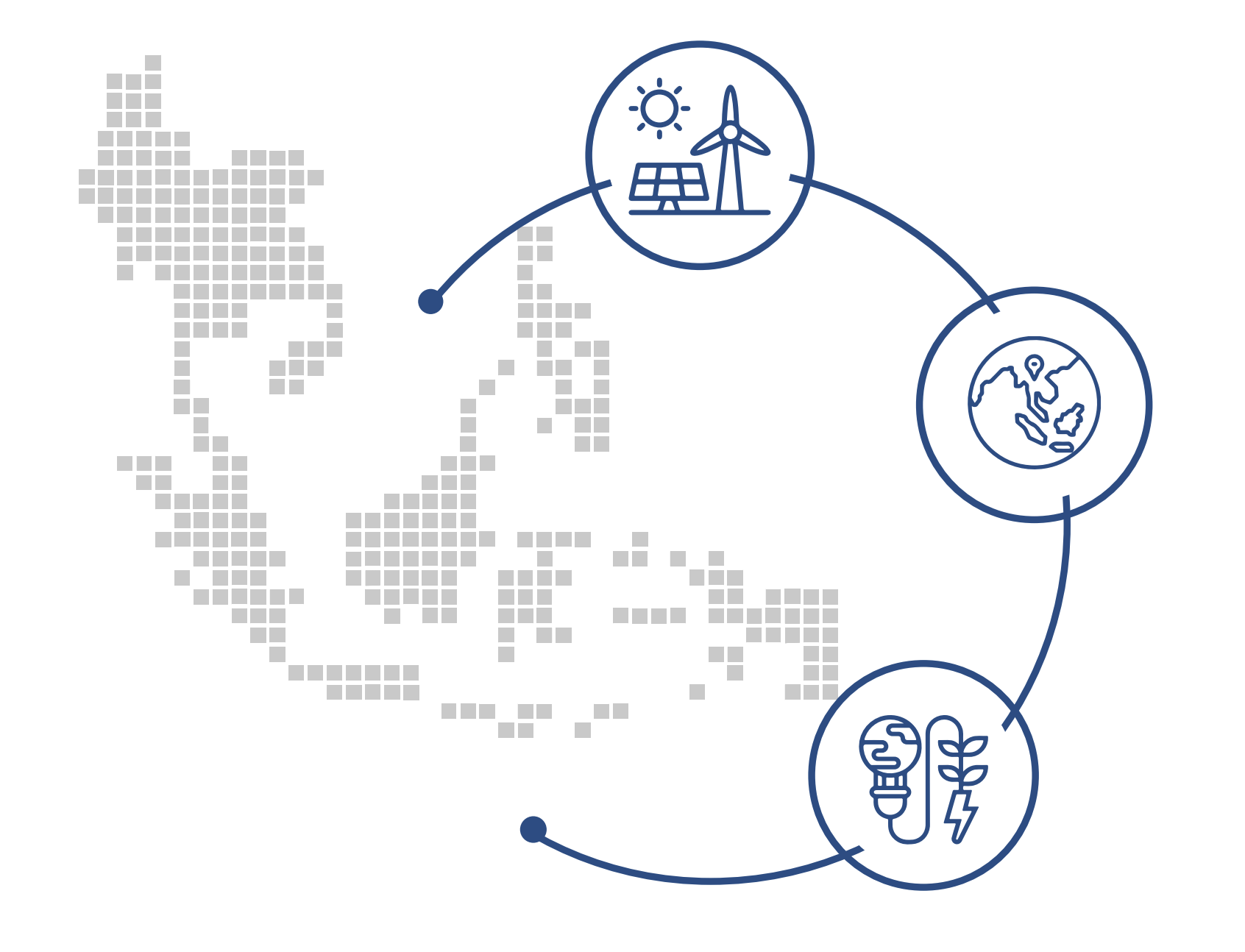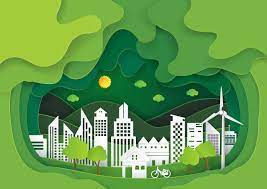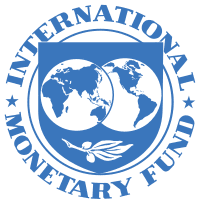Background
Ivory Coast is located in the southern part of West Africa in the equatorial rainforest area. It has the highest level of biodiversity in the region, abundant mineral deposits including petroleum, natural gas, diamonds, iron ore and gold among others, and is also one of the world’s largest exporters of cocoa beans, coffee and palm oil. Deforestation is one of the major environmental problems in Ivory Coast. Of the original 16 million hectares of rainforest, only 3.4 million hectares remain and the 3%annual rate of depletion is one of the highest in West Africa. This depletion has been mainly attributed to agricultural expansion and uncontrolled logging of tropical wood which was once one of the country’s largest exports. Other environmental challenges are air and water pollution, which have led to an increase in health problems, loss of biodiversity for instance through poaching, and natural hazards.
Overall Fiscal Profile
Ivory Coast was once one of Africa’s most prosperous economies. However, civil conflict and political instability greatly damaged the economic progress that was made after independence. Nevertheless, the current situation is improving and the country is experiencing economic recovery. GDP growth was 9.8% in 2012, 8.8% in 2013 and forecasts indicate a growth rate of approximately 9% in 2014 and 2015, mainly driven by major public works and private investment. The country relies significantly on the agricultural sector, which contributed approximately a third of GDP in 2013. About 68% of the population works in the agricultural sector but the government is making efforts to diversify the economy. In 2007, export revenues from oil surpassed cocoa for the first time since independence and predictions state that petroleum will continue to be the highest source of future revenues. Furthermore, the industry is one of the fastest growing sectors and made up more than 21% of GDP in 2013. A restructuring of the tax administration improved tax collection and increased fiscal revenue to 22.3% of GDP in 2013, up from 20.8% in 2012. The fiscal deficit also decreased to 2% of GDP in 2013 from 2.6% in 2012 due to higher revenue and better management of expenditures.
Policy and Legal Framework for a Green Economy
Despite the unstable political environment, progress has been made in terms of government and private sector commitments to environmentally sustainable development objectives indicated through the ratification of international conventions and development of legal frameworks. After the Rio Summit in 1992, Ivory Coast adopted a National Environmental Policy (PNE) and other sector strategies for managing natural resources. These also provided a legislative framework for the development of the Environmental Code in 1996 and the Law on the Protection of Nature and the Environment. In 1995, the National Environmental Action Plan (NEAP-CI) was adopted, which established ten programs centred on strategic national environmental management for the period 1996-2010. However, the performance of the strategies has varied and have been difficult to track, especially due to the civil war.
The government also established the National Commission for Sustainable Development (CNND) in 2004, an advisory board mandated to provide a national strategy for sustainable development that takes into consideration social, economic and environmental dimensions, as well as establishing bodies to promote sustainable development at the local level. The government renewed its commitment to sustainable development with the adoption of the National Development Plan (PND 2012-2015) in 2011, a successor of the previous Poverty Reduction Strategy Paper (PRSP 2009-2015). It builds on the PRSP and aims to bring the country back to an economic growth path and envisions Ivory Coast being an emerging country by 2020. Central to the PND is the first National Strategy for Sustainable Development (SNDD) which is awaiting government approval. It aims to spearhead the transition to a more sustainable society and consists of seven guiding strategies which promote the concept of sustainable development. The fifth guiding strategy aims to establish a regulatory and institutional framework for the environment while the sixth strategy’s objective is to transition to a green economy.
Fiscal Measures for a Green Economy
Ivory Coast has made progress in establishing the policy, legal and institutional framework that guides the country’s green economy transformation. However, there are major challenges that influence its implementation. The lack of adequate resources and mechanisms for financing the strategies is a major barrier as well as the lack of economic incentive instruments. In addition, the financial framework for the environmental sector and sustainable development are not clear. These challenges have been noted in the SNDD, which identifies the absence of an effective environmental taxation system as problematic. Further, environmental subsidies are low and the market for environmental goods and services remains largely informal. Also, the polluter-pays principle defined in the Environmental Code has mostly been ignored. Funds from other sectors are likewise not being utilized in an integrated framework. There is also limited commitment to greening the industries from companies due to the technological costs and a lack of awareness of the financial mechanisms available to them to fund the process. Aspects of the SNDD, similarly, heavily rely on external funding, and conditions to accessing finance are often complex and stringent.
Measures to address these issues have been outlined in the SNDD. The government plans to fund the strategy through establishing an effective integrated endogenous financing framework which will be supplemented to a smaller extent with global funding. The Strategy also plans to provide tax benefits and subsidies to promote sustainable production particularly through the mobilization of private investment for the development and greening of industries. Additionally, the Strategy calls for the United Nations Conference on Sustainable Development to establish a framework for technology transfer to developing countries such as Ivory Coast in order to mitigate the additional technological costs for operators in these countries when transitioning to a green economy. Institutional mechanisms will also be put into place to strengthen and enforce legal and economic instruments.
Fossil Fuel Subsidy Reform
The Government of Ivory Coast has in the past attempted to remove energy subsidies. In July 2008, the government removed all fuel subsidies stating that it could no longer afford the costs of implementing them. In a span of 24 hours, the per litre price of fuel increased by 29% and that of diesel by 44%. The move was unexpected and led to public riots that brought the capital to a standstill. Consequently, two weeks after the cuts, the government reversed its position and reinstated subsidies for diesel and kerosene, increased the transportation allowance for public sector workers and decreased ministers’ salaries by 10% in order to make up for the shortfall in revenues. There has been little change in fuel prices since 2010. The size of Ivory Coast’s fuel subsidy was estimated at about 1% of GDP as of 2011. Future energy subsidy reforms could be implemented more gradually in order to mitigate possible negative socio-economic effects, avoid civil unrest and allow time for businesses and the public to adjust.






